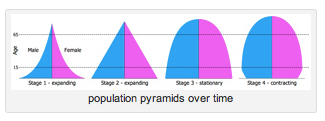But in many ways, this was an earthquake like no other.
Nearly 60 million people felt direct shaking. The breakdown as measured by theModified Mercalli Intensity scale, which is calibrated to measure surface impact rather than seismic energy: “2.14 million (VIII – Severe), 29.96 million (VII – Very Strong), 19.69 million (VI – Strong) and 7.07 million (V – Moderate).”
Then the tsunami hit, a 30-foot killer wave weaponized with debris, racing inland with pedal-to-the-metal speed, flattening buildings, drowning fields, swamping towns, shredding lives.
This being Japan, where all phones are smart and digital cameras abound, the catastrophe was documented in staggering detail. In near real-time, images raced across the planet even faster than the tsunami. We watched in collective global horror as dark water oozed across the land, snuffing out all signs of life and civilization in its path. From Tokyo came video of chandeliers shaking, computers tumbling, books falling. We felt people’s terror in the crazy angles of videotaped escapes. We cried out as shards of glass rained down on frightened office-workers.



















